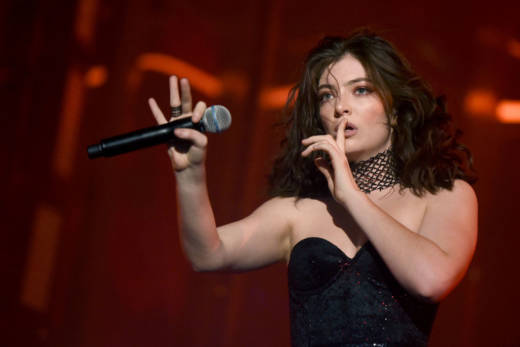The last time I danced in public, it was 2014 and my birthday. Swept up by free vodka and the company of great friends, I found myself dancing on a Brooklyn hotel rooftop to (and, truly, I couldn't have picked a more aptly titled song) "Dancing On My Own" by Robyn. I was happy and drunk, so the music took over and I danced in a way that feels natural to me, which looks to everyone else like I might be having a seizure of some kind.
The next day, one of my friends, genuinely perplexed, said, "In all the years I've known you, I've never seen you dance before."
"That's because I don't dance like a normal human," I replied.
"Yeah," continued the friend. "You looked like a unicorn on crack."
Now, in all fairness, my friend was making an observation that I don't consider factually incorrect and have heard on many occasions. Perhaps I do resemble a coked-up glorified horse every time I hit the dance floor. The problem is, I have been shamed out of indulging in what was once a joyful activity, by the normal majority of people who understand how to move appropriately to music in public settings.
This brings us to Lorde.
I have probably listened to her first album, Pure Heroine, about 10,000 times at this point, but until recently, I had never seen her really move around a stage. Then, back in March, I caught her performing "Green Light" on Saturday Night Live, and a flash of recognition washed over me around the 1:25 mark. Lorde did some air punching, then flicked her head from side-to-side while doing something resembling jazz hands. Later, there were raised knees and foot stomping.


